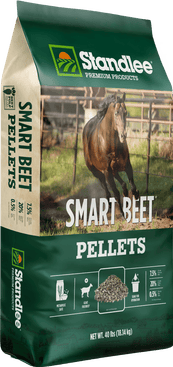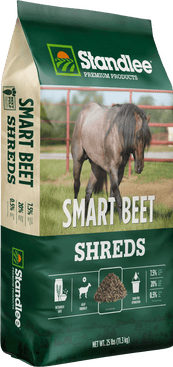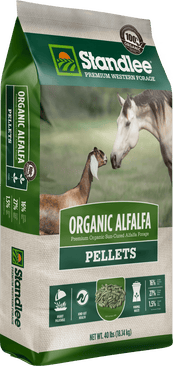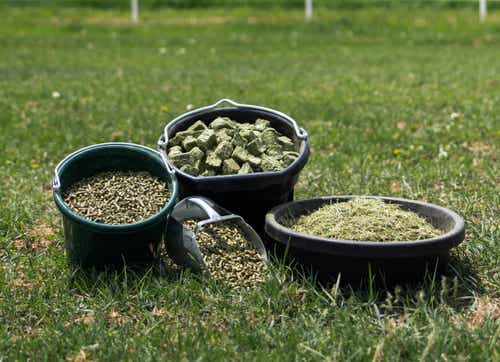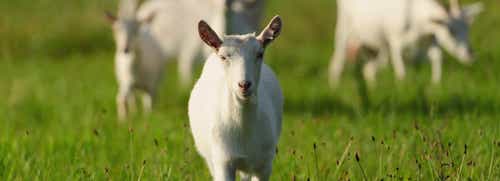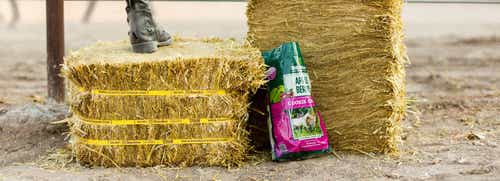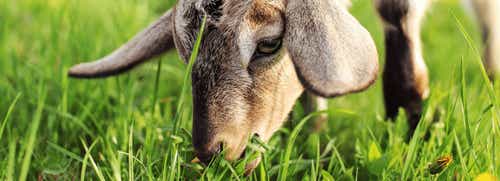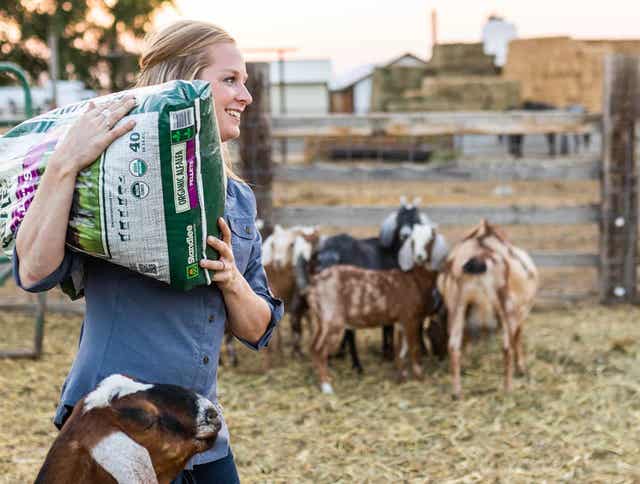
What hay do you feed dairy goats?
Here at Standlee, we are often asked about what goats eat. When it comes to picking the right choice for your goat, it depends on several factors.
- Is your goat for dairy or meat?
- Is your goat dry or lactating?
- What are the pasture options?
- Do you provide other feedstuff?
Stages of Dairy Goats
As a general rule of thumb, select these forage types based on your dairy goat's stage.
- Early to mid-gestation = Timothy or Orchard Grass is usually more than adequate during maintenance and early to mid-gestation.
- Late Gestation = Alfalfa Grass Mix or Alfalfa is best in late gestation to meet the increased need for calcium.
- Lactation = Alfalfa for the lactation diet due to their higher levels of protein and calcium.
Selecting hay for ruminant depends on your answers to these questions. The best form for goats is long-stem, baled forage. Long-stem baled hay is best for goats because of the scratch factor. The scratch factor is the abrasiveness of the fiber (hay in this case). A higher scratch factor helps prevent the loss of rumen papillae or ruminal parakeratosis, in which the papillae of the rumen mucosa become abnormally hardened, enlarged, and less effective at absorbing nutrients. The length, structural strength of hay particles and palatability must be adequate to maintain normal chewing, rumination, production of salivary buffers, and stimulate rumen papillae. Pellets and Cubes may be mixed in to help supplement long-stem forage.
Pellets are also beneficial when feeding goats grain as it will help slow intake and prevent rumen upset caused by feeding grain.
How much hay should I feed my dairy goat?
You should always feed forage to dairy goats by a percentage of body weight. I know we are all used to feeding "a scoop or flake of this or that," but that is not a recommended way to feed. Forages and feed vary in size and weight, so a scoop of a pelleted feed or forage will not weigh the same as a cube or textured feed and flake sizes can vary. Feeding by weight is more efficient and ensures you provide adequate quality nutrition based on the animal's weight.
The target feeding rate for a dairy goat is up to 4% of body weight. For a goat that weighs 120 pounds, you need to feed up to 4.8 pounds of forage per day (120 (goat weight) x 0.04 (percentage) = 4.8 (pounds of forage per day)).

We also recommend adding Smart Beet to your dairy goat rations for added fiber.
Forage and hay come in a variety of types and forms. Each type and form have benefits. Visit our blog post, Four Forms of Premium Standlee Forage to learn about forms and types.

